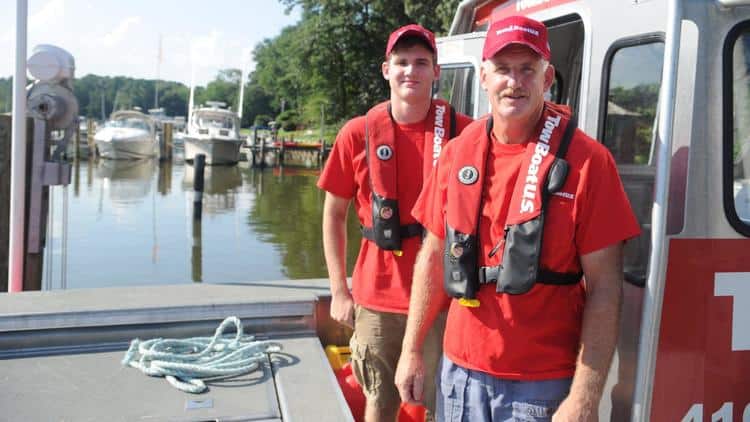A research team at the Virginia Institute of Marine Science (VIMS) would like to have a clear, close-up photo of every fish you catch. Even the little ones. Even the oyster toads. The team members are building a library of images that can “train” software for a cell phone app called RecFish that identifies fish species. The app will give anglers a versatile field guide that recognizes a catch’s species, measures its length, estimate its weight, register the location, notes the date, and cross-references with current state regulations to determine if the fish is legal to harvest. It could also provide information on the species, an especially useful feature if the catch is unusual, while it builds a permanent log for the angler.
When the angler uploads a photo to RecFish, it will also contribute to fisheries science, because anglers as a group handle many more fish than scientists do, over many more days and often from locations where the researchers can’t deploy tools like trawl nets and seines. Think of the variety of fish, fish species, and locations around the Chesapeake where we anglers pursue our sport. As climate change brings new species into our waters, the app will greatly expand our knowledge of what is swimming here. Widespread use of the app will contribute massive information to the Bay’s scientific community and assist state agencies in making the best possible fishery management decisions.
Training the software, however, requires at least 5,000 photos per species, according to the project’s founder, VIMS Senior Research Scientist Dr. Lisa Kellogg. Machine-learning software uses dozens of tiny points all over the fish to automatically identify its species. But Kellogg and her team must rely on more and more images to make the app increasingly smarter.
To contribute, anyone can visit the RecFish site and click on the Share My Fish Photos button. Be honest. Every one of us has fish porn stashed on our phones and in our cloud accounts. They’re all useful to this project, not only bragging images of rockfish, speckled trout, cobia, and red drum, but also curiosities like spotted hake, lizardfish, and even oyster toads. Blue catfish and snakeheads too, since it’s important to learn how much these introduced species are expanding their ranges. (And yes, if you’re hesitant to be specific about a catch’s exact location, you can choose to be general about it.)
If you have ideas about other features you’d like to see in the app, the RecFish team would be glad to hear them. Use the Contact Us form to share. “We want anglers to tell us what else they’d like to see in a recreational fishing app,” said Dr. Kellogg. “Do they want to know whether the fish is edible, or about health hazards, like a high mercury level? Do they want more information about the fish—its diet, habitat, and range? Do they want to know the maximum size, the state record for that species? Would they like the app to show what you were catching last year on that day? Do they want to this to be a photo-sharing app where you can brag about your catch or compete with friends? The sky’s the limit. We’d love to hear everyone’s suggestions.”
-John Page Williams



